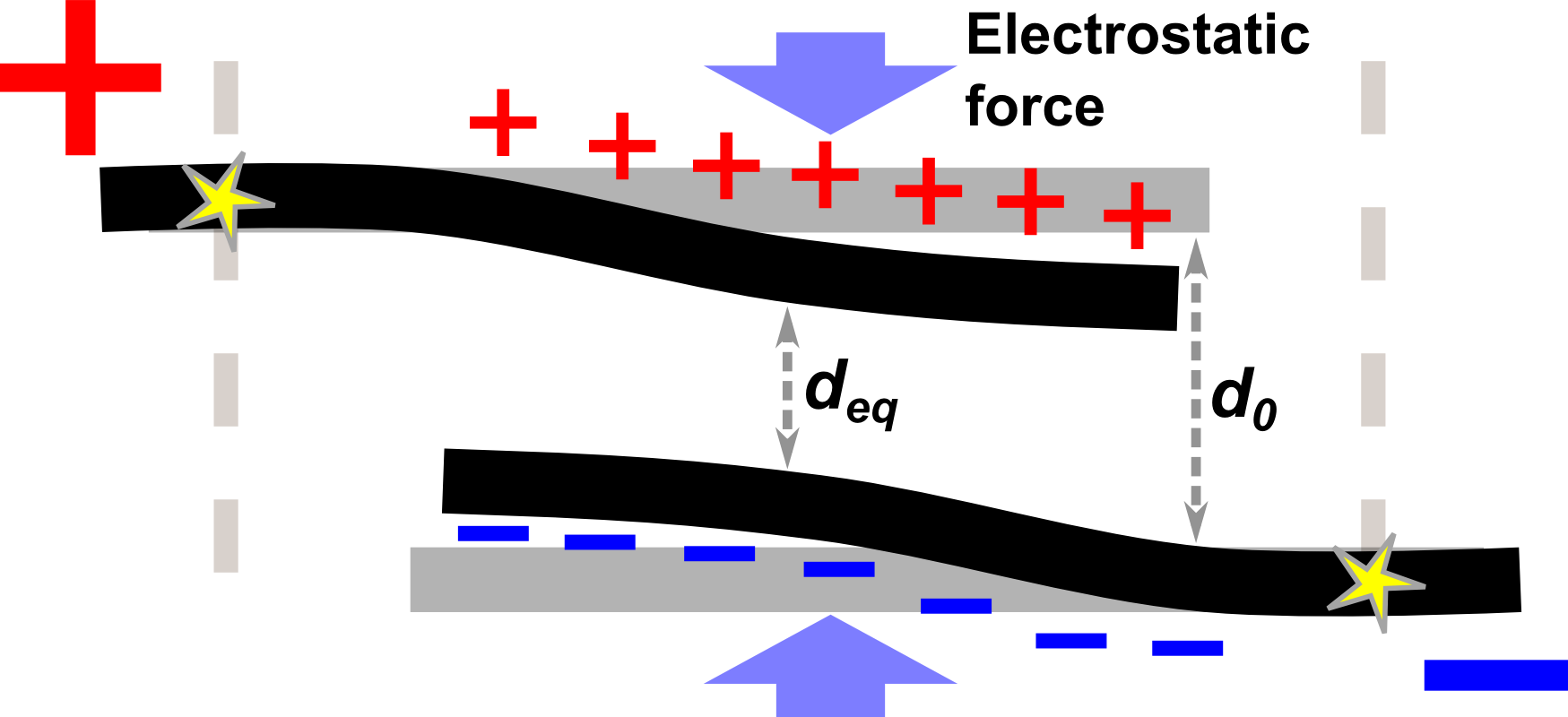
Submitted by Administrator on Tue, 14/10/2014 - 12:08
A new paper by J Terrones, A H Windle, and J A Elliott published in Science and Technology of Advanced Materials.
This new paper, published in the open access journal Science and Technology of Advanced Materials, develops a series of simple mathematical models to explain phenomena reported in two previous papers.
ABSTRACT: Yarn-like carbon nanotube (CNT) fibres are a hierarchically-structured material with a variety of promising applications such as high performance composites, sensors and actuators, smart textiles, and energy storage and transmission. However, in order to fully realize these possibilities, a more detailed understanding of their interactions with the environment is required. In this work, we describe a simplified representation of the hierarchical structure of the fibres from which several mathematical models are constructed to explain electro-structural interactions of fibres with organic liquids. A balance between the elastic and surface energies of the CNT bundle network in different media allows the determination of the maximum lengths that open junctions can sustain before collapsing to minimize the surface energy. This characteristic length correlates well with the increase of fibre resistance upon immersion in organic liquids. We also study the effect of charge accumulation in open interbundle junctions and derive expressions to describe experimental data on the non-ohmic electrical behaviour of fibres immersed in polar liquids. Our analyses suggest that the non-ohmic behaviour is caused by progressively shorter junctions collapsing as the voltage is increased. Since our models are not based on any property unique to carbon nanotubes, they should also be useful to describe other hierarchical structures.

